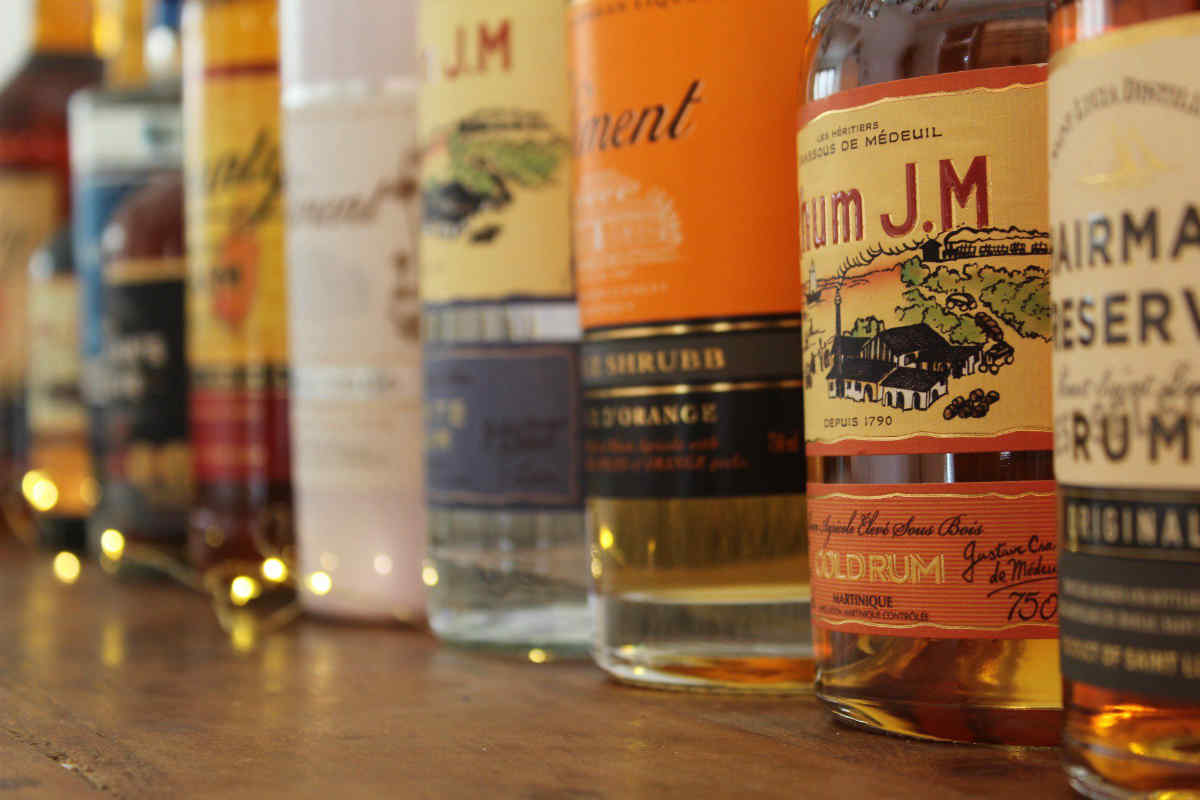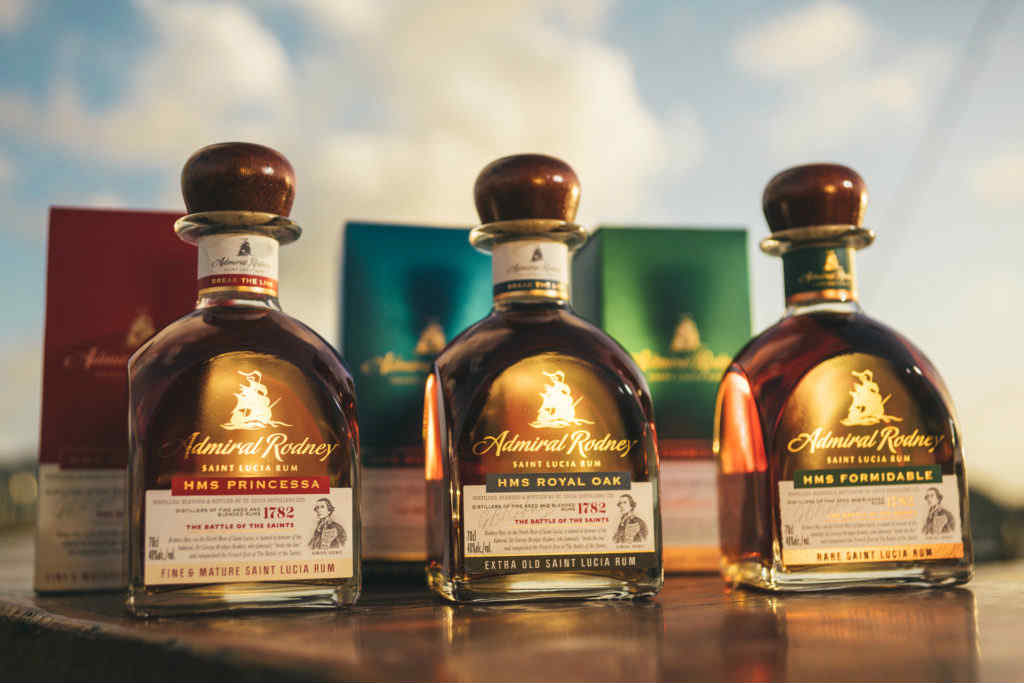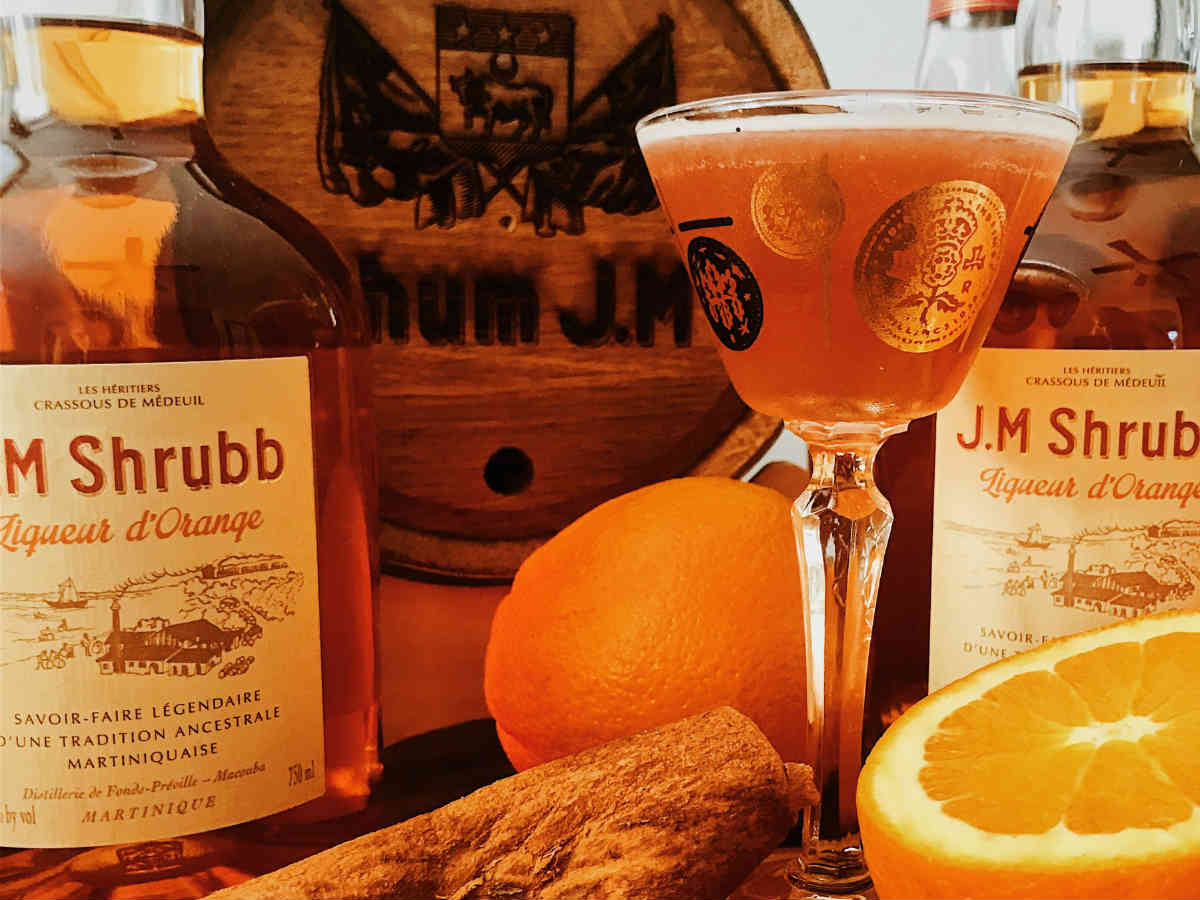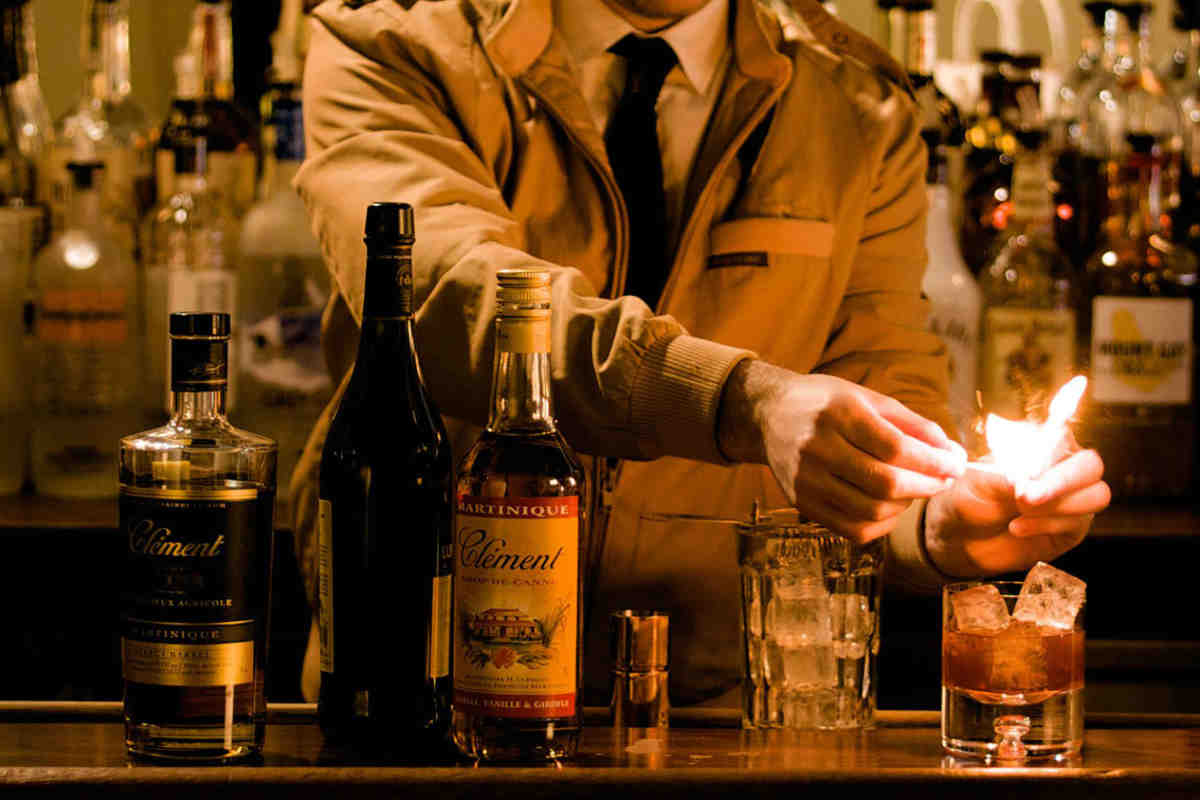Within the rum world, the French rhums of Martinique and Guadeloupe hold a special place in the hearts of cane spirit aficionados. Made from the juice of fresh pressed sugar cane, rhum agricole has a distinctly different flavor than the lighter rums of Puerto Rico or the heavy, fruit-forward rums of Jamaica. Unfortunately, in the US, rhum agricole is far less known to the casual imbiber.
Over the past 15 years, Benjamin Jones, a fourth-generation descendent of Homère Clément, has worked tirelessly to bring Martinique rhum agricole to North American consumers by way of the Rhum Clément and Rhum J.M brands. More recently, Spiribam, the parent company of those brands, purchased St. Lucia Distillers and began a large-scale upgrade to both the distillery and the brands.
The rums of St. Lucia—there’s only one rum distillery on the island—have a bit in common with Barbados rum; that is, they’re typically a blend of pot and column still rum. Like the rums of Barbados, they hew toward the middle of the rum flavor map—elegant without tipping to the extreme edges of rum flavors.
Earlier this year at Miami Rum Congress, I interviewed Jones about many topics, including the revised St. Lucia Distillers brands and other Spiribam products.

The Spiribam spirits portfolio. Photo: Spiribam.
Matt Pietrek: Walk our readers through the St. Lucia Distillers product line, both before and after Spiribam bought them. Let’s start with Chairman’s Reserve, the top of the St. Lucia Distillers line.
Benjamin Jones: Chairman’s was the face of the St. Lucia Distillers portfolio, at least from an export perspective. They sold a lot of Chairman’s locally in St. Lucia, but the struggle was always competing with Hennessy and Jack Daniel’s locally. It became a struggle to compete with global, internationally marketed brands. Since Chairman’s was already in the market, the obvious first brand to work on was Chairman’s Reserve.
I have always been a huge admirer of Chairman’s Reserve; I felt we could establish Chairman’s as a cool brand in the cocktail bars and a brand with something for everyone to talk about. Using social media, we are building the buzz and the brand.
We gave the packaging a facelift, identified priorities and focus, and changed the distribution network. That was really job number one.
What about the new Bounty line?
After polishing up the flagship Chairman’s Reserve brand, the logical next conclusion was to start with Bounty, which is a very strong brand in St. Lucia and delicious. As far as value of what you get, it’s hands-down the star within the portfolio. I thought it was important that we share Bounty with the rest of the world outside of St. Lucia.
Why hadn’t it been exported previously?
It had never been exported out of the island because the company had positioned Chairman’s Reserve as the premium export offering. Laurie Barnard [the previous owner] always wanted to focus on Chairman’s Reserve—that was one of his greatest rum achievements and his baby.
I embraced Bounty right away and thought this authentic rum brand could become a locomotive for St. Lucia Distillers because of that value I mentioned earlier. The price point, heritage, and the fact that it’s quite literally the “spirit of St. Lucia.” So, we put it out there to give more opportunity for people to discover St. Lucian rum.

Photo: Spiribam
Sitting between the Chairman’s Reserve and Bounty lines is Admiral Rodney, a less well-known brand from St. Lucia Distillers. It went from one to three expressions—why was that?
Admiral Rodney was sort of the first premium label from St. Lucia Distillers, but it was never well-developed. It was a rum that wasn’t really marketed but was available to the true enthusiast that understood the product. The sales weren’t there. It was just a few bottles here and there in some markets. Chairman’s really was the export face of the St. Lucia Distillers portfolio
I love Admiral Rodney rum and the patrimonial link to St. Lucia. We created a real “break the line” story. [A reference to Rodney’s naval strategy against the French navy in 1782.] We’re telling them Admiral Rodney’s history, so we elongated Admiral Rodney to three primary expressions, named after the three principal ships in the Battle of the Saints.
Will the Admiral Rodney line see a higher level of promotion behind it than previously?
Chairman’s Reserve and Bounty are our priorities. But as we have connections inside the geeky rum enthusiast community, I heard a lot of ‘What are you doing with Admiral Rodney?’ questions. I said, ‘Admiral is great brand, but there’s just too many things to do right now.’
Nonetheless, my colleagues and I kept getting that question about Admiral Rodney. In the Barnard days [the prior owners of St. Lucia Distillers], Admiral Rodney was never something they focused on, but it was always this beautiful rum. Because of the history of the brand within St. Lucia Distillers, we had to keep it.

Photo: Facebook/RhumJM
Explain the differences between the Clément Créole Shrubb and the J.M Shrubb and how they are positioned.
There’s not a lot of focus on J.M’s Shrubb in the US at this moment. Clément has really taken off with the bar community, thanks in large part to the Créole Shrubb. It was a big door-opener to the whole Clément brand in the US market.
About 60 percent of all the Créole Shrubb we make goes to the United States and is sold all year long, most typically as an orange liqueur ingredient in cocktails. However, it is traditionally a seasonal product in Martinique.
The J.M distillery has always made small batches of shrubb but never released it commercially. Rhum J.M has always been more successful in the developed spirits markets with true rum aficionados. As shrubb has gained a position within the orange liqueur category, and with Rhum J.M having more sales in retail than in bars, it wasn’t a far stretch for us to develop the J.M Shrubb to also be a player within this emerging liqueur segment. However, it is more of a focus in Europe for the moment.
We’re not pushing J.M Shrubb to be part of every Margarita. It’s promoted as an after-dinner sipping liqueur. The original J.M Shrubb was always made with older, aged rum. When we wanted to release it into our portfolio, we couldn’t follow the family recipe—we would have had to sell it for $100 or something like that.
From an ingredient and production perspective, how are the two shrubbs different?
We did tweak the recipe, and it is made with aged rum whereas Clément is more light rum with a little aged rum. The Clément Shrubb is about 80 percent white rum with 20 percent aged rum. J.M Shrubb is all younger-aged rum. The spice bag has a much stronger bitter component and the ABV is a little lighter than Clément Créole Shrubb.
Karine Lassalle, J.M’s master blender, was the one that formulated and developed the J.M Shrubb recipe, and the idea was based upon trying to follow the tradition of the J.M Shrubb from the heirs of the Crassous de Medéuil, to really focus on the local ingredients from around the Mount Pelée volcano [near the J.M distillery] as well as the traditional orange peel, cinnamon, clove, and vanilla. There’s a much more bitter and spiced component to it.




Thanks for sharing this kind of different flavor of drink. Keep posting.